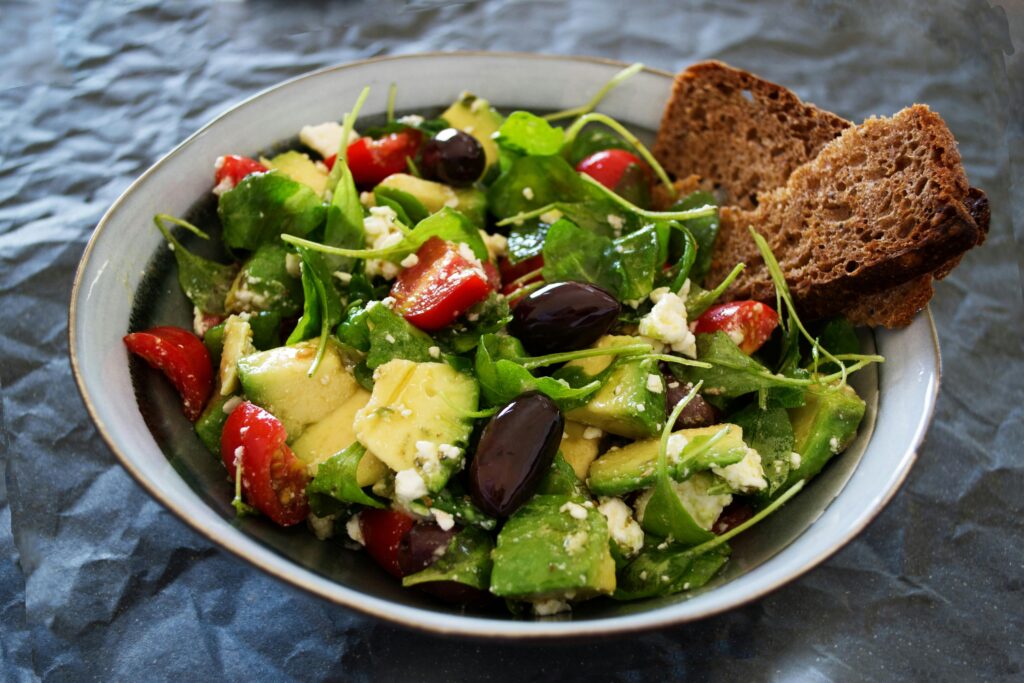What is the Planetary Health Diet?
The Planetary Health Diet is a food pattern designed to be healthy for people and sustainable for the planet. It emphasizes mostly plant-based foods — whole grains, vegetables, fruits, legumes, nuts — while recommending limited amounts of animal-based foods, processed items, and added sugars. The idea is to meet human nutritional needs while staying within environmental limits (land use, greenhouse gases, freshwater use, biodiversity).
Plainly put: eat more plants, less ultra-processed food and fewer animal products — but do it in a flexible, tasty, and realistic way so you and the planet both benefit.
Why it matters — health and environment
Food choices affect two big things: your health (risk of heart disease, diabetes, obesity) and the environment (greenhouse gas emissions, deforestation, water use). The planetary health approach links these — choosing foods that are nutrient-dense and climate-friendly can improve public health and reduce environmental harm.
- Health: Diets rich in whole grains, vegetables, legumes and nuts are associated with lower risk of chronic disease.
- Environment: Animal farming (especially beef and lamb) and heavily processed supply chains can have high greenhouse gas and land/water footprints.
Core principles of the Planetary Health Diet
- Mostly plants: Base meals on vegetables, legumes, whole grains, fruits, nuts and seeds.
- Limit red and processed meats: Small portions of poultry, fish, dairy or eggs can be included, but reduce beef, lamb and processed meats.
- Prefer whole foods: Minimize ultra-processed foods and refined sugars.
- Choose sustainable options: Locally produced, seasonal, and minimally processed foods usually have lower impact.
- Reduce food waste: Plan meals, store food properly and use leftovers.
Practical tips & simple meal ideas
Switching to a planetary health diet doesn’t mean boring meals. Small, consistent changes add up. Below are quick, tasty ideas you can use today.
Kitchen habits (easy wins)
- Start meals with veg: Make half your plate vegetables or salad.
- Swap grains: Replace some white rice/pasta with brown rice, quinoa, millet or barley.
- Legume power: Add lentils, chickpeas or beans to soups, salads and curries.
- Snack smarter: Choose fruit, nuts, or roasted chickpeas instead of chips.
- Portion meat: Use meat more like a side or flavouring — 1–2 palm-sized servings per meal rather than large steaks.
Simple meal templates
| Meal | Example |
|---|---|
| Breakfast | Overnight oats with fruit, seeds and a spoon of nut butter |
| Lunch | Grain bowl: brown rice + mixed greens + roasted vegetables + chickpeas + tahini dressing |
| Dinner | Stir-fry with tofu, mixed veggies, garlic-ginger sauce and soba noodles |
| Snack | Apple + handful of almonds or carrot sticks + hummus |
Smart shopping list (starter)
- Whole grains: brown rice, oats, quinoa, millets
- Legumes: lentils, beans, chickpeas
- Fresh veg & fruits (seasonal)
- Nuts & seeds (small amounts)
- Oils: small use of olive or other vegetable oils
- Fermented foods: yogurt, kefir, or plant-based options
How to transition — a realistic 8-week roadmap
Change sticks when it’s gradual. Try this small-step plan.
- Week 1–2: Add one extra vegetable serving per day and reduce sugary drinks.
- Week 3–4: Swap two meals a week to plant-based (e.g., lentil curry, veggie stir-fry).
- Week 5–6: Reduce red meat servings to once or twice a week; replace with beans, fish, or poultry.
- Week 7–8: Focus on reducing food waste—meal plan, freeze leftovers, compost scraps.
Small habits → big impact. Track one change at a time and celebrate wins.
Common misconceptions & criticisms
No single diet fits everyone. Here are common questions people raise and practical replies.
“Is it just vegetarian or vegan?”
No. The planetary health diet is flexible. It prioritizes plants but allows moderate amounts of animal products, chosen thoughtfully.
“Will I get enough protein or nutrients?”
Yes — with varied plant foods, legumes, nuts, whole grains and modest animal products if you choose. Pay attention to vitamin B12 if you go fully plant-based.
“Isn’t local always better?”
Local and seasonal foods often have lower transport impacts, but production method matters too. A locally produced greenhouse tomato could have a higher footprint than an imported field-grown one, so balance is key.
FAQs
Q: What is the main goal of the planetary health diet?
A: To align human nutrition with planetary boundaries — improve public health while reducing environmental damage from food systems.
Q: Can the Planetary Health Diet work in different countries?
A: Yes — it’s a global framework adapted locally. Food choices should respect culture, local crops, seasonality, and affordability.
Q: Will this diet save money?
A: It can. Eating more whole plant foods and less processed or meat-heavy meals often reduces grocery bills — but local prices vary.
Q: Is it suitable for children and pregnant people?
A: With proper planning to meet nutrient needs (iron, calcium, B12, omega-3s), yes. For specific life stages consult a healthcare provider or registered dietitian.
Conclusion & next steps
The planetary health diet offers a practical way to eat for personal health and planetary resilience. You don’t need to overhaul everything overnight — start with simple swaps: more legumes, whole grains, seasonal vegetables, and less processed and red meat. Over time these choices build healthier bodies, stronger local food systems, and a lower environmental footprint.

